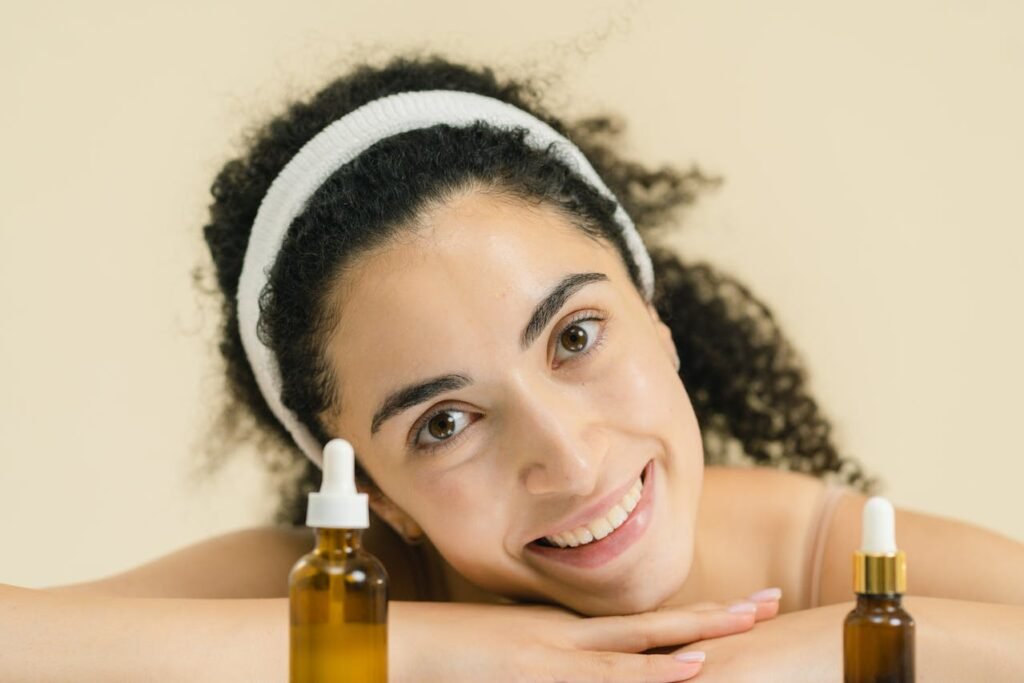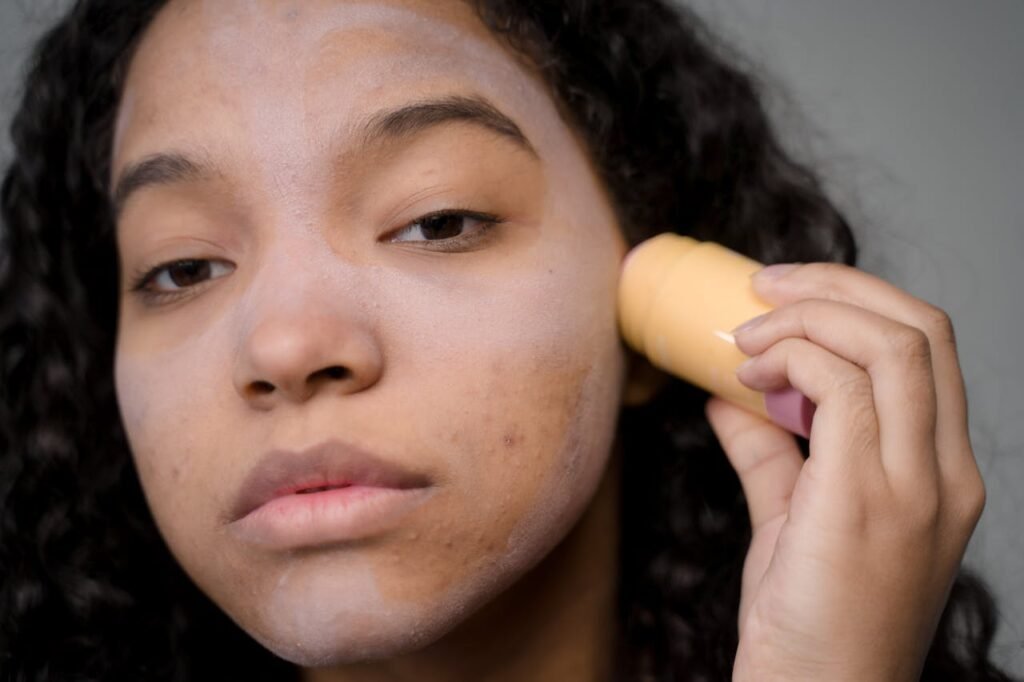Physical Address
304 North Cardinal St.
Dorchester Center, MA 02124
Physical Address
304 North Cardinal St.
Dorchester Center, MA 02124

Beauty myths have been passed down for generations—whispered among friends, shouted on social media, and even repeated by influencers and beauty brands. But as skincare science advances and cosmetic knowledge grows, many of these widely accepted beliefs turn out to be misleading or flat-out false.
In this article, we’ll uncover the shocking truth about popular beauty myths, so you can make more informed choices about your skincare, haircare, and makeup routines.

Many people with oily skin avoid moisturizers, fearing it will make their skin oilier. But skipping this essential step can actually backfire.
When you strip your skin of moisture, it compensates by producing even more oil. Dermatologists recommend using lightweight, non-comedogenic moisturizers that hydrate without clogging pores. Look for ingredients like hyaluronic acid and glycerin. Healthline confirms that moisturizing is essential for all skin types, including oily.
Many believe sunscreen is only necessary on sunny days or at the beach.
Up to 80% of UV rays can penetrate clouds, meaning your skin is still at risk. Daily SPF application is one of the most effective ways to prevent premature aging, sunspots, and skin cancer. Experts from the American Academy of Dermatology urge using broad-spectrum SPF 30 or higher—even in winter or indoors if near windows.
The rise of “clean beauty” has fueled the notion that natural automatically means safer and more effective.
While many natural ingredients are beneficial, not all are suitable for skincare. For example, lemon juice can cause irritation, and essential oils may trigger allergies. Meanwhile, lab-made ingredients like niacinamide or peptides often undergo rigorous testing and deliver proven results. Dermatologists agree that efficacy and safety matter more than the source.

This myth suggests your hair “gets used to” a shampoo, making it less effective over time.
Hair is not alive and doesn’t develop resistance. What actually changes is your hair’s condition due to weather, product buildup, or hormonal shifts. Consistent results come from using the right formula for your current hair needs. According to Cleveland Clinic, switching shampoos is only necessary if your hair’s condition changes.
Many people avoid shaving certain areas because they believe it causes hair to grow back darker or coarser.
Shaving only cuts hair at the surface, giving it a blunt tip that may feel thicker—but it doesn’t alter the follicle. Hair texture and growth rate are determined by genetics and hormones, not your razor. Mayo Clinic debunks this common myth with scientific clarity.
A popular DIY trick is applying toothpaste on blemishes to dry them out overnight.
While toothpaste may contain ingredients like baking soda or hydrogen peroxide, it’s not designed for skin and can lead to redness, peeling, or even burns. Instead, spot treatments with salicylic acid or benzoyl peroxide are safer and more effective. Stick to skincare products formulated specifically for acne treatment.
Many believe steaming “opens” pores and cold water “closes” them.
Pores don’t have muscles, so they can’t physically open or close. Steam can help loosen debris, making it easier to cleanse, while cold water may reduce swelling or inflammation. But the size of your pores is mostly genetic. Focus on gentle exfoliation and keeping skin clean rather than chasing pore shrinkage.

Some assume that wearing makeup is the main culprit behind breakouts.
It’s not makeup itself that causes acne, but how you use it. Failing to remove makeup properly, using expired products, or applying dirty brushes can clog pores. Opt for non-comedogenic formulas and follow a thorough cleansing routine to keep skin clear.
It’s tempting to think aggressive scrubbing leads to better results.
Over-exfoliation can damage your skin’s barrier, leading to dryness, irritation, and breakouts. Gentle, consistent cleansing is more effective than harsh scrubbing. Experts recommend exfoliating just 2–3 times a week with a mild product suited to your skin type.
Many delay using anti-aging products until they start seeing wrinkles.
Prevention is key. Ingredients like retinol, antioxidants, and peptides can be beneficial starting in your mid-20s to support collagen and protect against environmental damage. Incorporating these early can slow the signs of aging.
The beauty world is full of myths that can influence how we care for our skin, hair, and overall appearance. Understanding the science behind these common misconceptions empowers you to make better choices—and avoid wasting time or money on ineffective routines.
Surprised by any of these beauty myths? Share this article with your friends, and visit our blog for more beauty truths, skincare tips, and expert-approved advice.